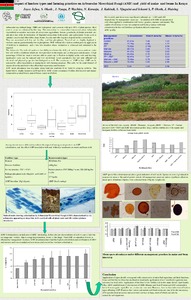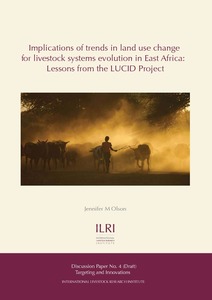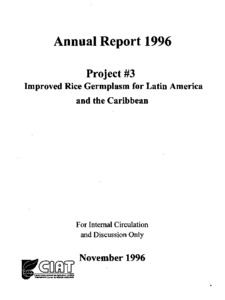Impact of land use on the distribution and diversity of entomopathogenic nematodes in embu and taita districts, kenya
Natural entomopathogenic nematodes (EPNs) are considered as potential biological control agents against soil-borne insect pests. This study was conducted to determine the impact of land use on the distribution, occurrence and diversity of entomopathogenic nematode community. Isolation of EPNs was done using the baiting technique and application of morphological identification methods revealed presence of the genus Steinernema. Land use intensification negatively affected the occurrence and recovery frequency in soils of Embu and Taita districts.





